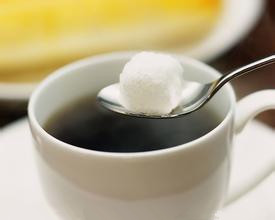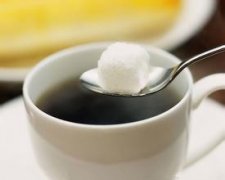Coffee tasting how to choose the right type of baking
Just as tasting red wine requires certain skills and methods, tasting coffee also requires a variety of necessary steps. If you want to know how to choose the right type of baking, you first need to know how to "taste" and distinguish the different feelings brought by different types of baking.

The first step is to "smell". In fact, the sense of smell and taste are directly connected, and people often start from the sense of smell when judging whether food is delicious or not. At the same time, different types of roasted coffee have been able to detect significant differences in taste. Lightly roasted coffee has a soft aroma with a sense of sweetness and balance; moderately roasted coffee tastes the most "coffee", mellow and layered. When it comes to deep baking, there is an obvious "sweet" and "slightly charred" feeling in the strong smell.
Once you have a preliminary impression of the different types of baking in terms of smell, you can move on to the second step of tasting: big sucking. This is also a way to make full use of the nasal cavity and taste buds to make smell and taste work together. Take a big sip of coffee and let the taste go straight to your nose so that you can directly and strongly feel the aroma of this baking method and further verify the feeling of the first step of "smell". Through this "smell" and "smoke", the three types of coffee must have a fresh outline and personality in your heart.
Of course, to know what you really like, you have to start with more details. Therefore, the third step is the "sip" stage. Put the coffee into your lips and sip it carefully, allowing it to flow slowly from the inside of the lips to the tip of the tongue, and then slowly to the middle of the tongue. Let the taste buds of different parts feel the fine layers of coffee. At this point, if your tongue is sensitive enough, you can tell the aroma and sweetness of some berries that may appear in light baking, chocolate, cinnamon, caramel and spices that may appear in medium baking, and with a little bitterness in deep baking. Of course, the flavors of these details vary widely, but through three-step tasting, you can find the type of taste you want more clearly.
Important Notice :
前街咖啡 FrontStreet Coffee has moved to new addredd:
FrontStreet Coffee Address: 315,Donghua East Road,GuangZhou
Tel:020 38364473
- Prev

Coffee culture also spreads the common sense of fine coffee among white-collar workers
For a more respectable Offic e, there are always two shiny coffee pots, and coffee is provided free of charge around the clock. A little more particular, there will even be a small coffee shop for employees to enjoy during the break. Here, the jingling music emitted by metal spoons stirring coffee has become a kind of corporate culture. The aroma of coffee pervades the office and coffee culture
- Next

General knowledge of boutique coffee introduces the classic utensils of coffee
There are many similarities and differences between tea culture and coffee culture. Tea culture pays attention to taste, coffee culture pays attention to sentiment; tea culture pays attention to desire, while coffee culture just pays attention to contemplation. China's tea set is famous at home and abroad, so how much attention is paid to the meaning of coffee? Here are some of the most common and classic coffee utensils: Italian coffee maker. For Italian coffee machines
Related
- Beginners will see the "Coffee pull flower" guide!
- What is the difference between ice blog purified milk and ordinary milk coffee?
- Why is the Philippines the largest producer of crops in Liberia?
- For coffee extraction, should the fine powder be retained?
- How does extracted espresso fill pressed powder? How much strength does it take to press the powder?
- How to make jasmine cold extract coffee? Is the jasmine + latte good?
- Will this little toy really make the coffee taste better? How does Lily Drip affect coffee extraction?
- Will the action of slapping the filter cup also affect coffee extraction?
- What's the difference between powder-to-water ratio and powder-to-liquid ratio?
- What is the Ethiopian local species? What does it have to do with Heirloom native species?

